Other symptoms of newborn jaundice can include: If bilirubin levels become extremely high, complications such as brain damage (kernicterus), cerebral palsy.

Why Its Best Not To Worry If Your Baby Has Jaundice Cleveland Clinic
Infant jaundice happens when bilirubin (a pigment made when the liver breaks down blood cells) builds up in a baby's body.

What is jaundice in babies mean. The yellowish appearance is a sign of an increased blood pigment called bilirubin, which then settles in the skin. Most jaundice is 'physiological jaundice. Jaundice is the yellowish discoloration of the skin, mucous membranes and the whites of the eyes (sclerae) caused by elevated levels of bilirubin in the blood (hyperbilirubinemia).
Which babies are more likely to have jaundice? This often happens when there is excess bilirubin in the blood. If you note jaundice in a baby in his or her second week of life, where yellowing has not been present before, this also may suggest a problem.
The whites of a baby's eyes also look yellow. Feeding (especially breastfeeding) your baby often in the first hours and days after birth helps reduce the risk of jaundice. In many cases this is a normal process.
This usually happens because the baby's liver is not mature enough to get rid of bilirubin as fast as it's made. The medical term for jaundice in babies is neonatal jaundice. Yellowing of the palms of the hands or soles of the feet
The timing of when your child's jaundice first starts matters. Bilirubin is carried through the blood. A newborn baby's liver isn't fully developed, so it's less effective at processing the bilirubin and removing it from the blood.
When a newborn has not been jaundiced up to that point, it's important to contact your. Coombs positive babies are at higher risk for hyperbilirubinemia. Mild jaundice is common in babies but baby jaundice is not always normal.
Newborn jaundice is a yellowing of a baby's skin and eyes. Jaundice is due to an elevated level of yellowish pigment in the blood called bilirubin that forms when the baby's body breaks down excess red blood cells. It can indicate infection, problems with the liver, certain inherited blood diseases, or the lack of certain vital enzymes.
Jaundice is common in newborn babies because babies have a high number of red blood cells in their blood, which are broken down and replaced frequently. Hyperbilirubinemia happens when there is too much bilirubin in your baby's blood. The term jaundice is derived from the french word jaune, which means yellow.
When a baby has jaundice, it means either his body is making too much bilirubin or the liver is not getting rid of it quickly enough. Jaundice due to liver disease needs to be investigated immediately so that appropriate treatment can be started. Babies who may be more likely to get jaundice include:
A baby with jaundice has skin that looks yellow. Neonatal jaundice describes a condition in which an infant's skin appears yellow within the first few days of life. If the jaundice appears within 24 hours of birth, or is still present after 2 weeks, contact your doctor.
Hyperbilirubinemia happens when there is too much bilirubin in your baby's blood. Most cases of jaundice in babies don't need treatment as the symptoms normally pass within 10 to 14 days, although symptoms can last longer in a minority of cases. A common condition, it can occur when babies have a high level of bilirubin, a yellow pigment produced during the breakdown of red.
Every month a new zealand baby is born with severe liver disease. The most common symptom is yellowing of your baby's skin and the whites of his or her eyes. The most common symptom is yellowing of your baby's skin and the whites of their eyes.
Means of assessing for conjugated bilirubin, which suggests that liver disease is causing the baby's jaundice. If your baby has yellow skin or eyes and pale poo or dark (yellow or brown) wee, your baby needs a special blood test. It usually does not cause problems and generally fades by the end of the first week after birth.
Jaundice usually happens a few days after birth. It is a sign that there's too much bilirubin in the baby's bloodstream. See your doctor or midwife as soon as possible.
By dr.megan ralf · november 5, 2016. Jaundice is caused by an excess of a chemical called bilirubin. Jaundice is a common and usually harmless condition in newborn babies that causes yellowing of the skin and the whites of the eyes.
It starts on the face, then the chest and stomach, and then the legs. Almost all newborns develop mild jaundice. Most of the time, jaundice in newborns is usually mild, doesn't hurt your baby and goes away without treatment.
This means the level of bilirubin in babies can be about twice as high as in adults. The word for having too much bilirubin in the bloodstream is hyperbilirubinemia. Jaundice, has another medical term "icterus" and means a yellowish tinge to the skin.
It usually gets better or goes away on its own. Babies with very high bilirubin levels may be sleepy, fussy, floppy, or have trouble feeding. While it's quite common and temporary in.
Jaundice shows up in babies as a yellowish tinge to the skin and eyes. Jaundice is not technically a disease, but rather it is a visible sign of an underlying condition causing increased levels of bilirubin in. Jaundice is a yellow colouration of the skin and the whites of the eyes.
Jaundice levels chart is to know the normal jaundice levels in newborn infants, the risk jaundice levels that need treatment for the newborn baby, and the new guidelines for effective treatment and fast getting rid of jaundice. Visible jaundice occurs in nearly a half of all normal newborn babies.

Infant Jaundice Causes Symptoms And Treatments

Newborn Jaundice Birth Injury Guide

What You Need To Know About Neonatal Jaundice Paediatric Society Of Ghana

Newborn Jaundice - Babycenter India
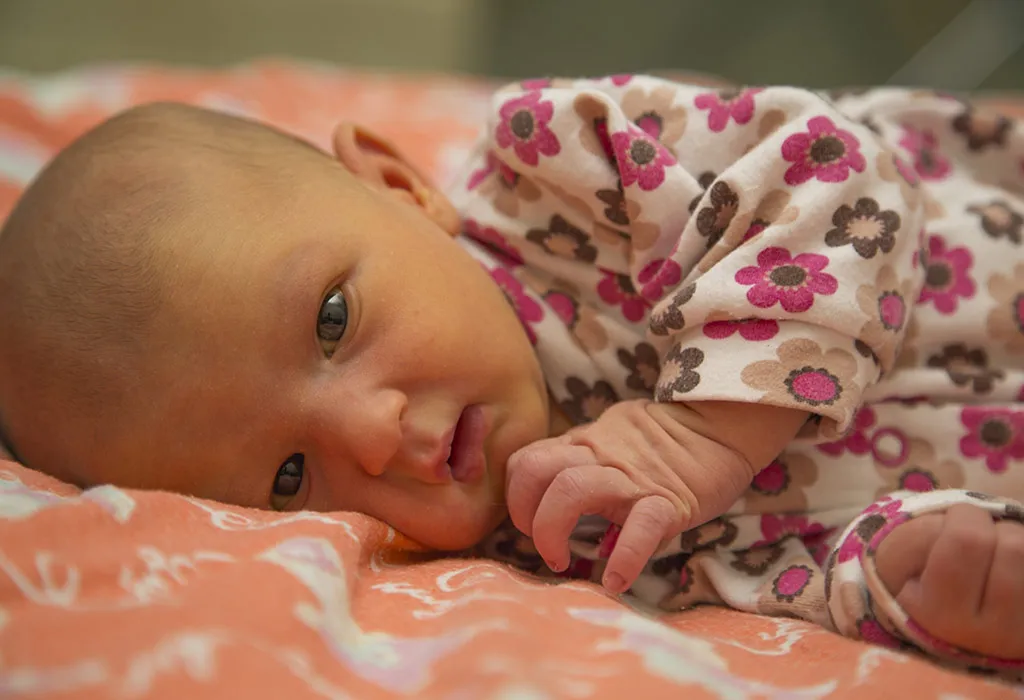
Jaundice In Newborn Babies Reasons Signs Treatment
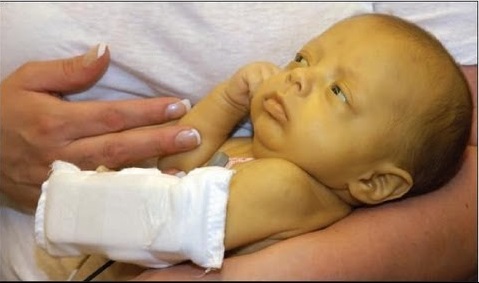
Video Lecture Newborn Jaundice And Lethargy - Fed Is Best

Neonatal Jaundice In Babies Snotty Noses

Neonatal Or Newborn Jaundice Symptoms Causes Risks And Treatment Options
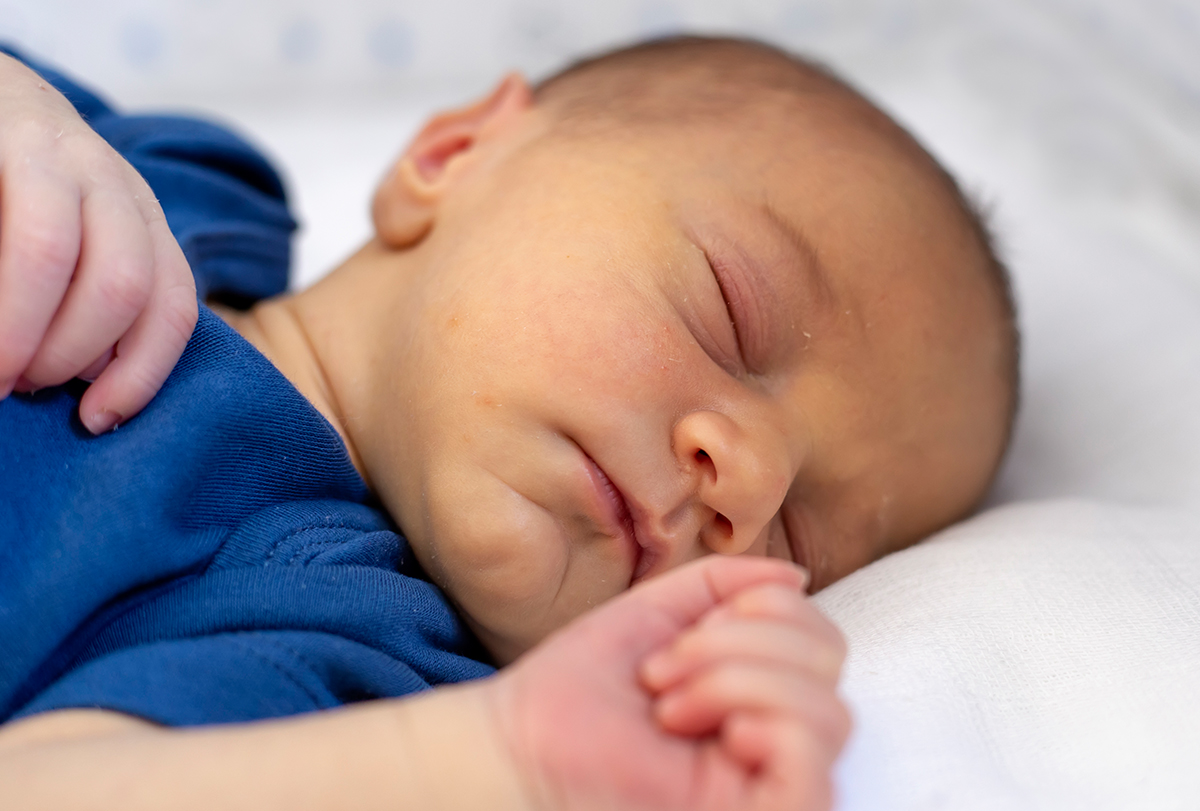
Jaundice In Newborns Treatment And Care At Home

Newborn Jaundice Birth Injury Guide

Causes And Types Of Jaundice Explained Baby Gooroo

Newborn Jaundice Information Mount Sinai - New York
What You Need To Know About Newborn Jaundice

Jaundice In Babies And Newborns Causes Symptoms And Bonding During Treatment Parents

Jaundice Is Common In Newborns Learn How To Spot The Signs Rocky Mountain Hospital For Children
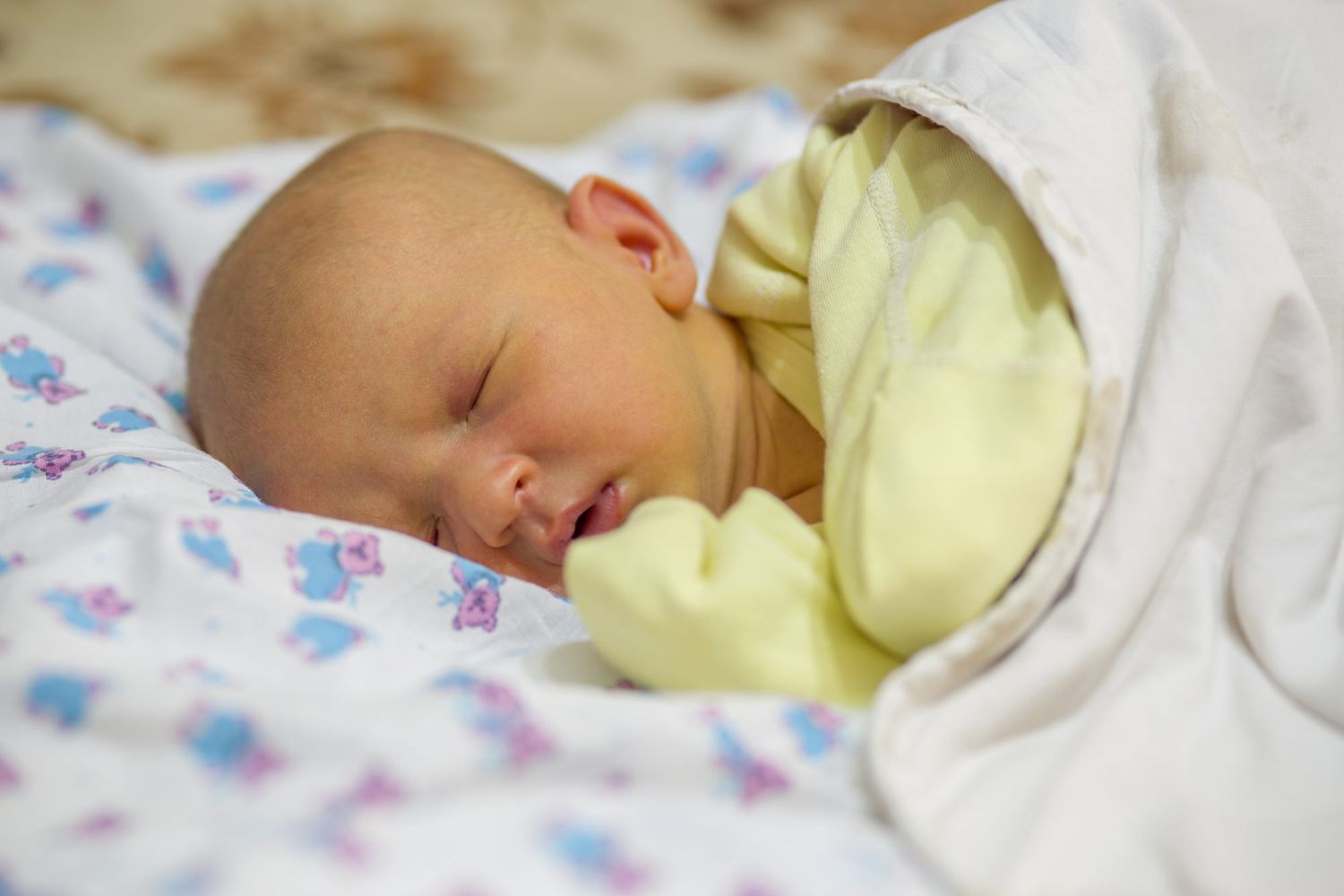
Jaundice In Babies And Newborns Causes Symptoms And Bonding During Treatment Parents

No Needles New Jaundice Screening For Preemies Promises A Smoother Start In Life Science In-depth Reporting On Science And Technology Dw 26112013
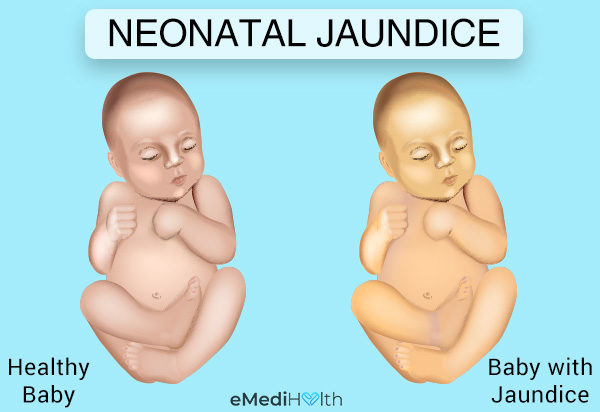
Jaundice In Newborns Treatment And Care At Home

Jaundice In Children Symptoms Causes Home Remedies And More
What Is Jaundice In Babies Mean. There are any What Is Jaundice In Babies Mean in here.